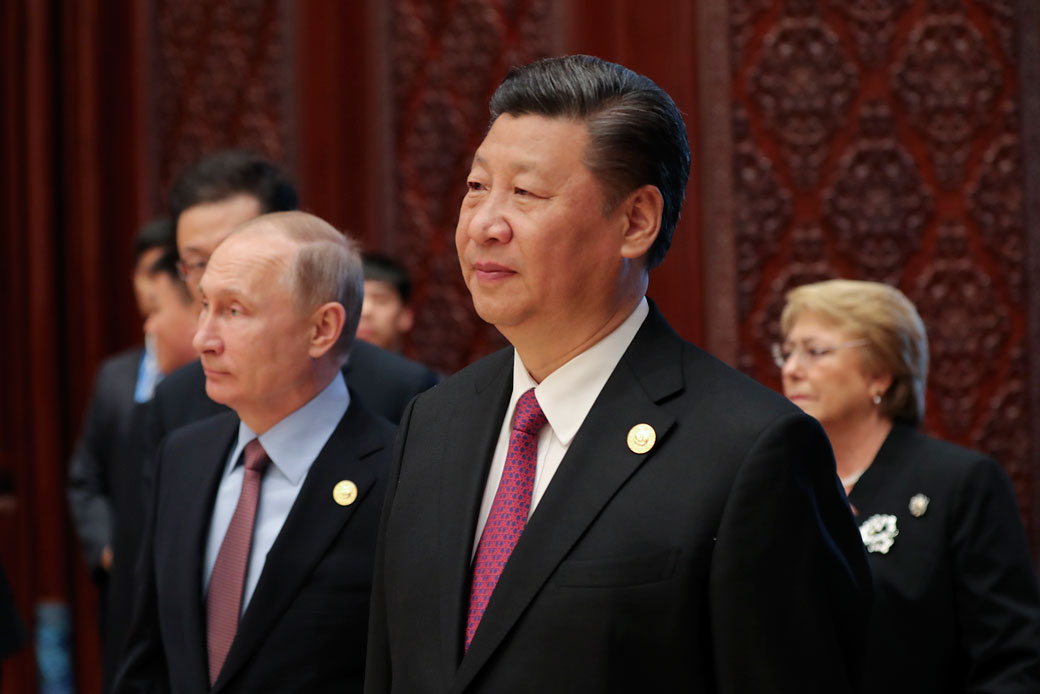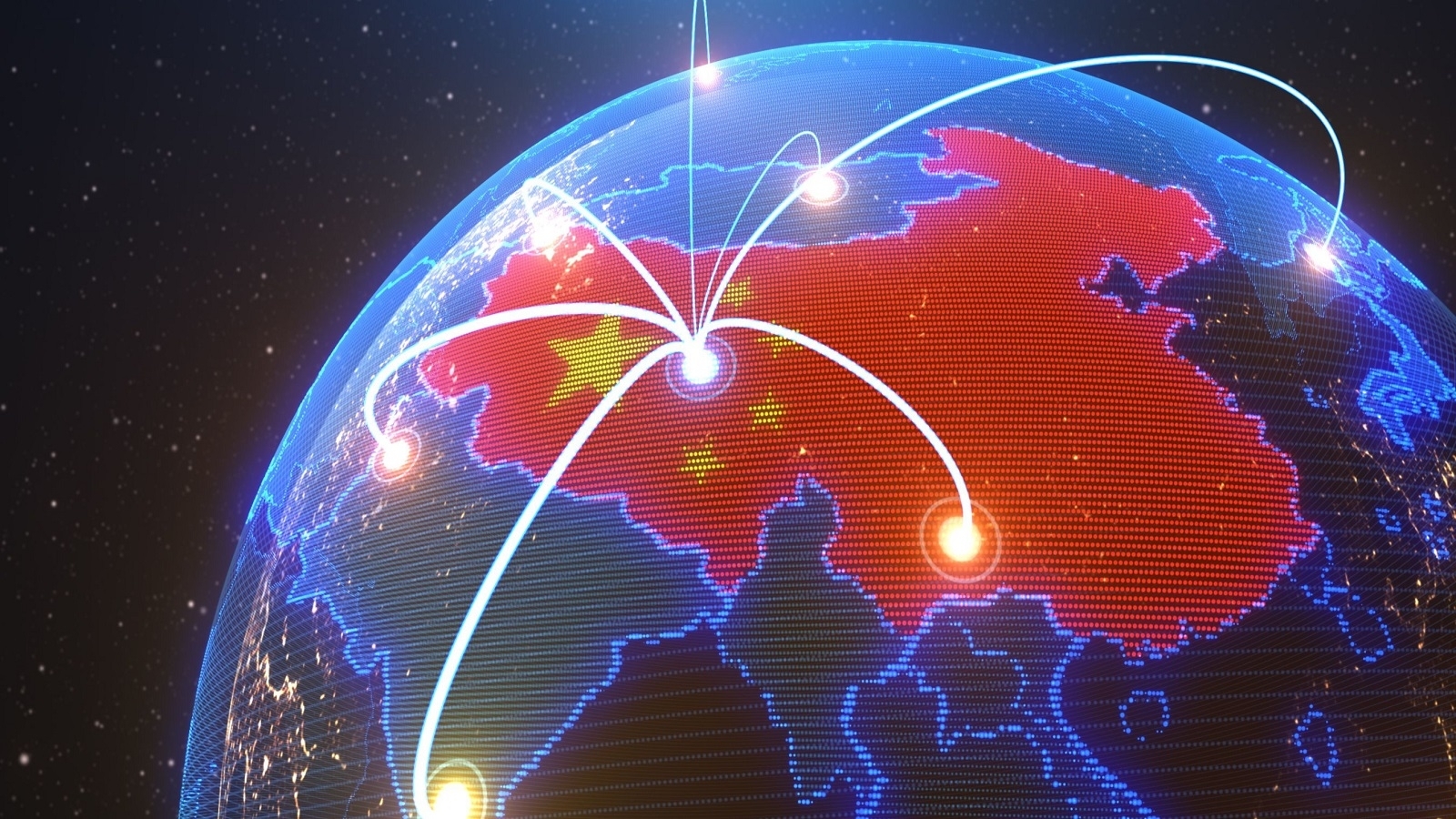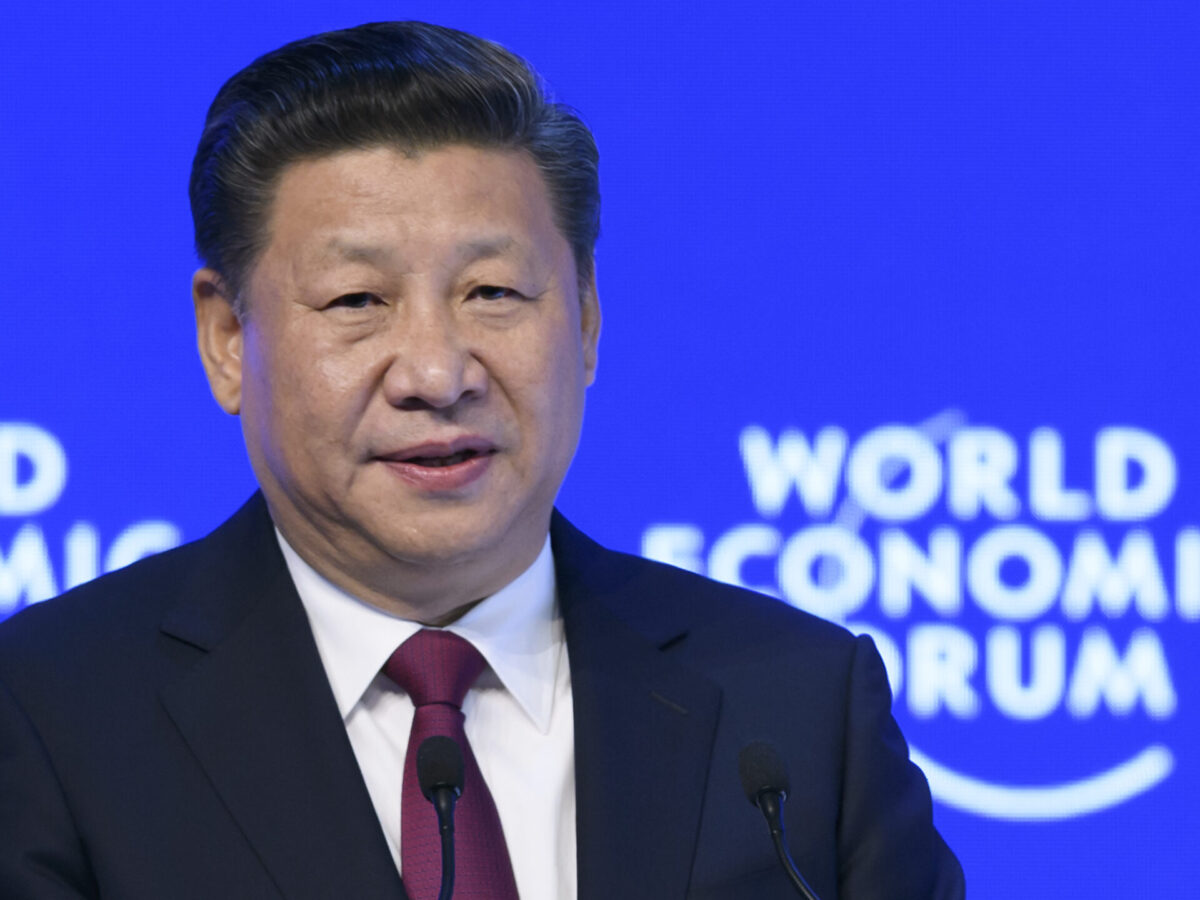Introduction
China has seen phenomenal progress over the last decade more of which is economic and technological. Under President Xi Jingping, the trend of Chinese globalization and China’s interaction with the world market increased manifold. Xi Jingping is not China’s President by any luck, he had a great political skill and thought for this which he is now showing in China’s foreign policy and economic statecraft. It has invested huge in infrastructure and trade in developing states as well as partner states through its Belt and Road Initiative.
Despite the challenges imposed by the US, China continues to grow its economic influence and market as well as in the field of technology. China will become world’s largest economy by 2030 and one of the leader states in the field of technology with an access to a greater world market through President Xi’s initiatives of ‘New Economic Policy’, ‘Made in China 2025’, ‘Belt and Road Initiative’ and many other collaborations with foreign states.
China’s expanding economic influence and President Xi Jingping’s economic aims pursuing strategic goals has gathered the world’s focus towards China’s economic statecraft.
Economic Diplomacy became an integral part of the foreign policy of China since last two decades. The Chinese government re-structured and reformed its international economic policy by bringing an effective and proactive leadership to exercise greater influence in the international sphere. Under President Xi Jingping, these trends have accelerated in the form of more concrete initiatives and the development of a more aggressive economic statecraft . China’s “going out” strategy of encouraging outward investments by Chinese firms was repackaged into the sweeping Belt and Road Initiative (BRI) which is now part of the Party’s constitution and is seen as Xi Jingping’s signature foreign policy initiative.

Chinese Globalization and OBOR:
China is advancing in the liberal capitalist order and accepts the free market phenomenon because this continues to bring prosperity for the country. Many developments are made for the promotion of economic liberalism which supports the idea of free market and laisse faire economic policies. One Belt One Road (OBOR) is among the developments made by China to give a boost to economic liberalism. China have shaped its new economic model on the lines of neoliberal ways and OBOR is successfully fulfilling this criterion. China’s prosperity depends on the continuation of the existing order i.e. the liberal capitalist order, which allows it to trade and invest. Similarly, OBOR is a project which is compatible with the existing order and drives trade and investment which ultimately lead towards globalization.
China and the Developing World:
China’s role in the developing countries gained its momentum in the early 21st century. Its economic interests proved to be a driving force for their involvement. This economic drive led China to have a have a grip on its political and strategic interests in these parts of the World. Although Chinese economic interests are global, but it is more active in its neighbor developing countries where its strategic interests are most prominent. China have shown interest in some of the regions of the World which mostly consists the developing countries, namely South Asia, Southeast Asia, Central Asia, Africa, Middle East and the Latin America.
In its early period of reform and opening, China affirms its identity as the developing country but as the developments progressed in the country it evolved and considers itself as the leader of the developing countries as it continues to assist them and simultaneously trying to fix its image in the global World for greater supremacy.

China’s Technological Progress:
Since past two to three decades’ China is constantly achieving mile stones in almost every field and setting new records of growth. But specifically in case of technology, China has been through a long journey till now by becoming the emerging superpower in technology sector. In recent times it is said that China may be the new global technological leader. China has a great plan to make China a global leader in artificial intelligence by 2030, taking the AI related industry up to 1trillion yuan. China expects the major benefits of AI in military sector as well as digitally planned cities.
Conclusion:
China’s progress under Xi Jingping has been phenomenal and it is successfully on its way to be World’s largest economy, World’s Technological Hub and a Super Power Challenging the US hegemony. Xi’s attitude towards US policies regarding China has been of a political statesman. Clearly China’s authoritarian regime has no danger and its policies of free trade outward and capital control inward has given her unimaginable success. The concerns that we see is what China is now, will it be the same in future? Does the agenda of peaceful economic rise will be the same in future or it will turn strategic? In the field of international relations, there is always room for new possibilities, challenges and threats but as for now China has brought positive sum game with economic progress and prosperity for herself and for its trading partners. What is most important is that other great powers digest this rise and find new cooperative and interactive ways for peace and stability of the world avoiding war and conflict and preserving the universal values so that the nobody will lose and the world will gain.

Research Associate



